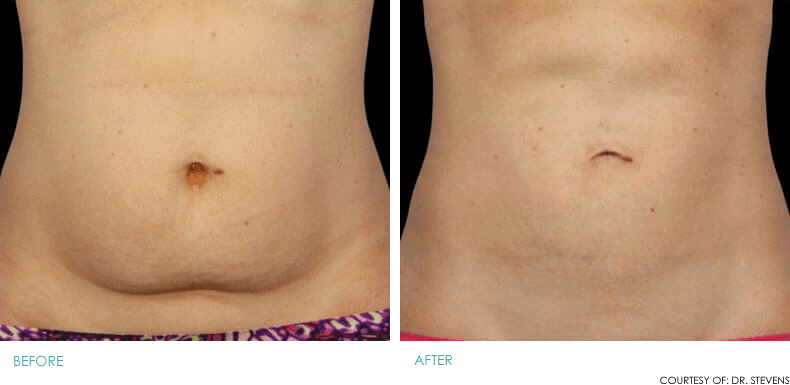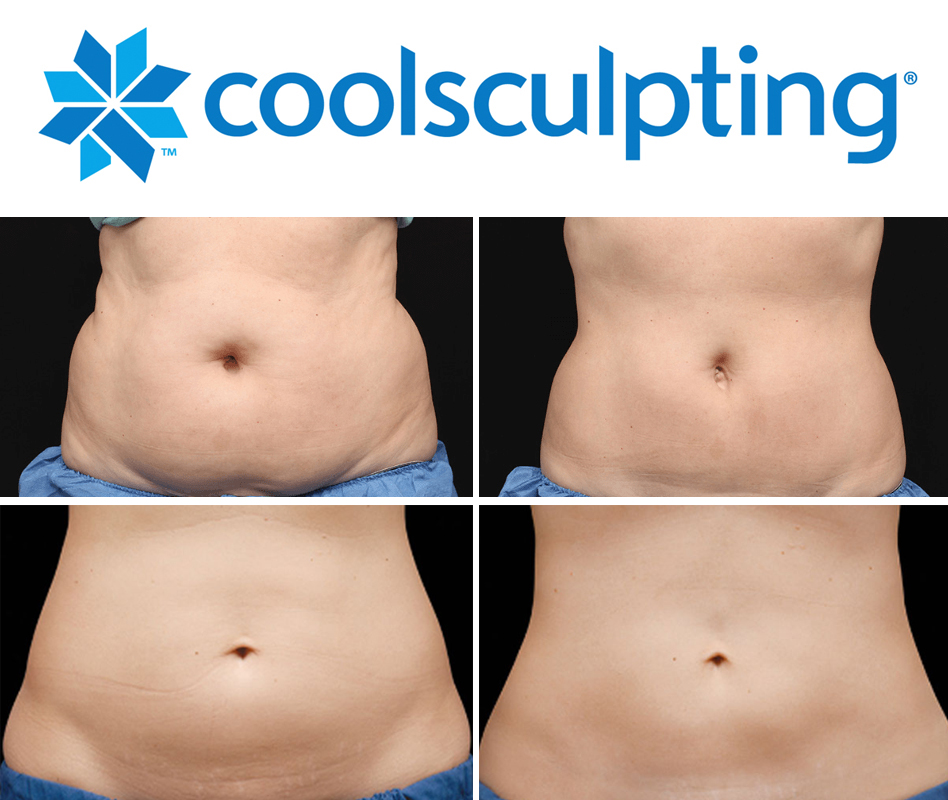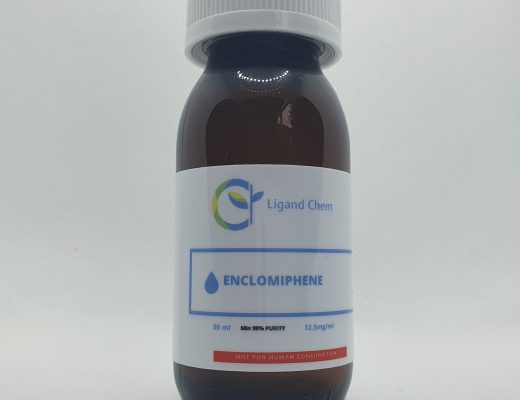CoolSculpting has been dubbed the “celebrity treatment” since it eliminates fat without the need for surgery or time off of work. Like liposuction but without the necessity for surgery, it can be compared
It’s little wonder that CoolSculpting, a non-surgical fat-reduction procedure, is causing a stir in several nations, including the United States, where many people have already decided to improve their physical appearance. Get the details of njcenterforcoolsculpting and contact with hem for the best treatment.

Additional advantages over other methods of localised fat reduction include the ones listed below:
Non-invasive procedure that takes about one to three hours overall and causes no discomfort at all
However, despite the fact that results can be obtained in a single session, they will be much more apparent following the first two sessions.
The fat layer is gradually and gently reduced while the rest of the tissues are left untouched.
Generally, no anaesthesia is required, and you can return to your normal activities within a few hours of the treatment being completed.
You’re curious about this innovative non-surgical treatment for reducing the size of the abdomen and other body parts? Keep reading.
How does CoolSculpting work, exactly?
For the purpose of removing localised fat deposits, the technique known as CoolSculpting (also known as cryolipolysis) uses a machine that provides cold for 30 minute cycles to the problem areas, which can range from 2 to 4 depending on the body part.
Removed by sweat and urine are the remaining adipose tissue cells. The ability to notice results after just two training sessions. It is possible that only one session is needed in some cases.
If you have a normal or slim complexion, this therapy is the best alternative to liposuction in that instance. There are no weight-loss benefits if you are already overweight.
Consequently, there is an alternative to liposuction that does not necessitate the patient to undergo surgery or receive injections. After the treatment, there are no visible scars on the body, and there is no need for a recovery period.
Which areas of the body can be successfully treated?
To treat and remove localised fat without the need for surgery or anaesthesia in areas such as the abdomen, inner thighs and the waist to the arms and legs and the neck, without the need for anaesthesia or surgical involvement
People who want to slim down certain areas of the body but can’t completely erase localised fat accumulations through diet or exercise are increasingly turning to this method.

You are the only one who can decide if you are a good candidate for CoolSculpting.
When deciding on a fat loss strategy, it is important to know which method will provide you with the best results.
Cryolipolysis should be avoided by certain people. I’m not saying this is a way to lose weight. According to experts, this technique is not recommended for patients desiring advanced fat reduction. A standard liposuction procedure is usually required to get the results most patient’s desire. If your fat loss goals are more important to you, CoolSculpting may not be the ideal solution for you. The repercussions are not obvious. People who want to reduce a lot of weight quickly favour intrusive fat reduction procedures.
Patients who want the most dramatic changes should consult with a board-certified plastic surgeon from njcenterforcoolsculpting. A tummy tuck or another type of plastic surgery may be required for the best results.
Last words
In order to see the best results, patients may need to combine CoolSculpting with other methods such as a well-balanced diet and frequent exercise. The benefits of CoolSculpting from njcenterforcoolsculpting have previously been discussed, and they are extremely light. This choice is best for those who don’t want to see much of a difference in their body shape or appearance.



